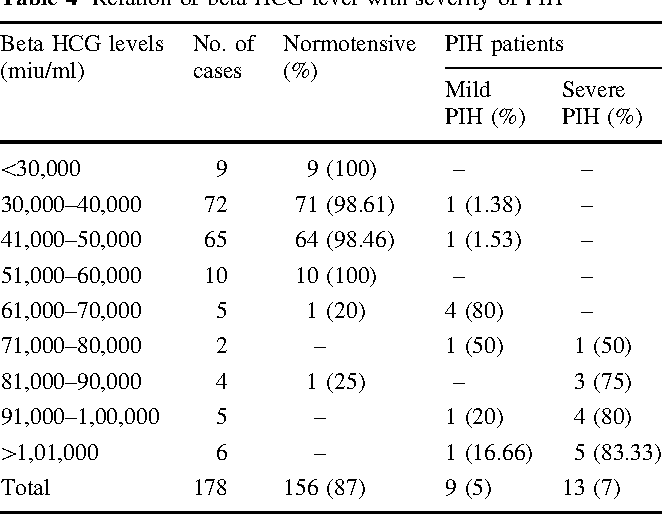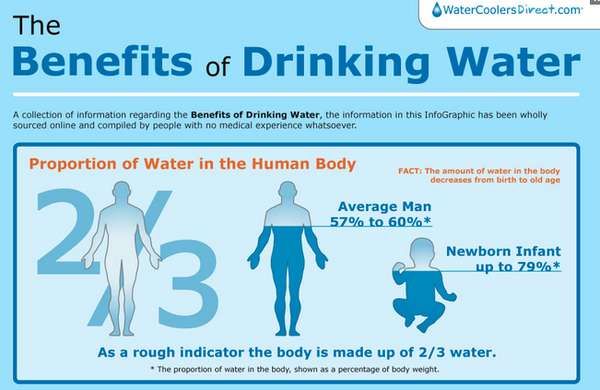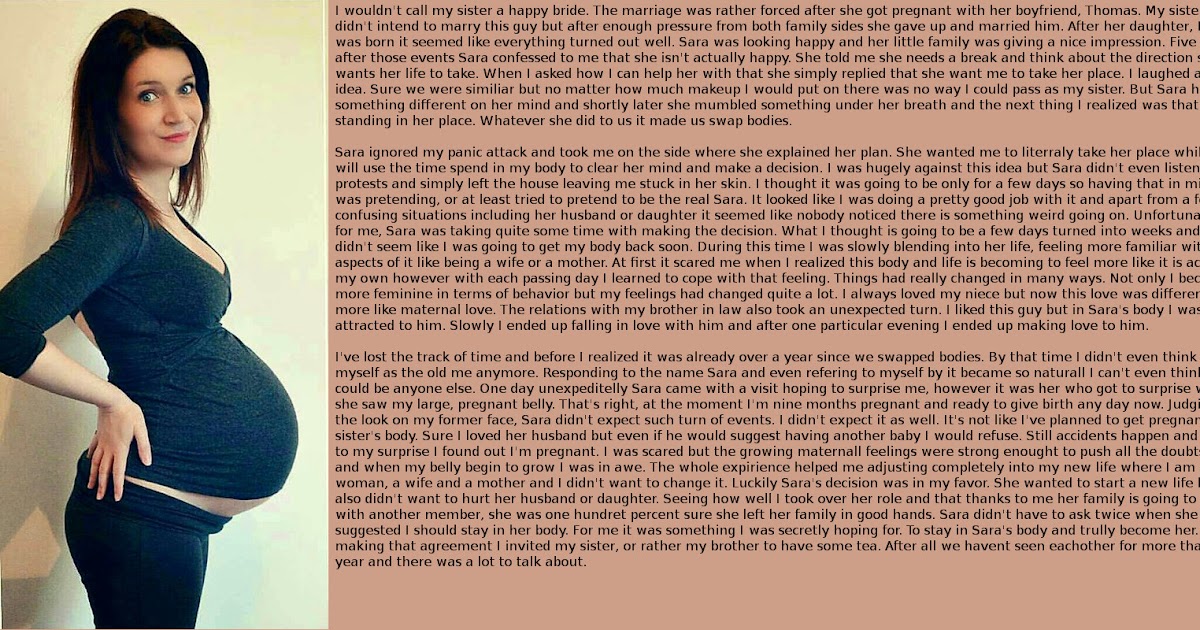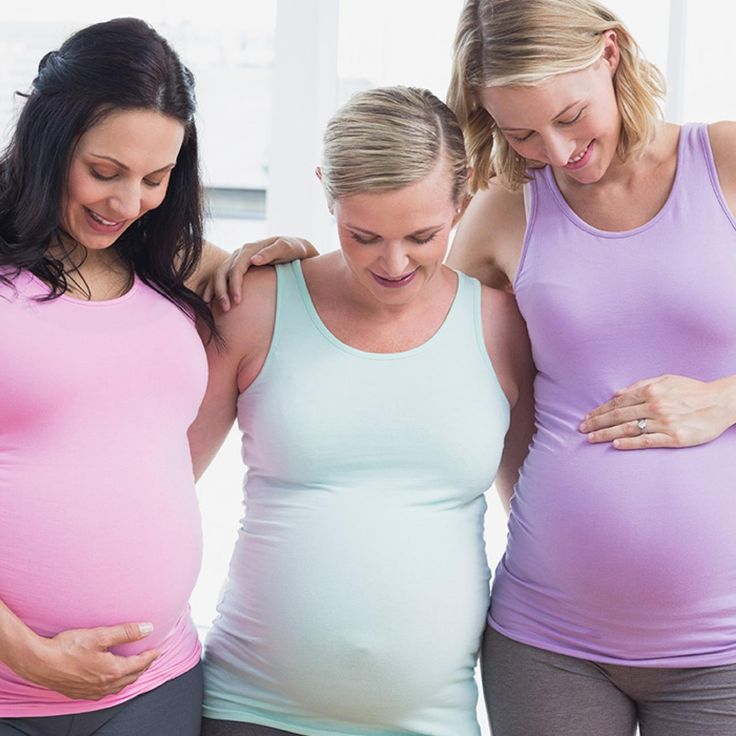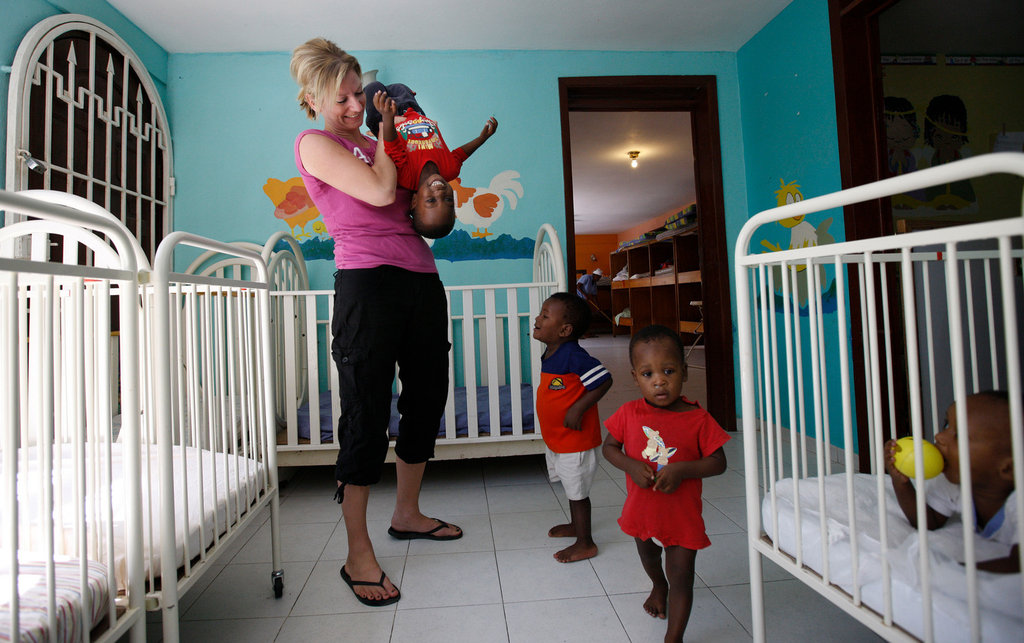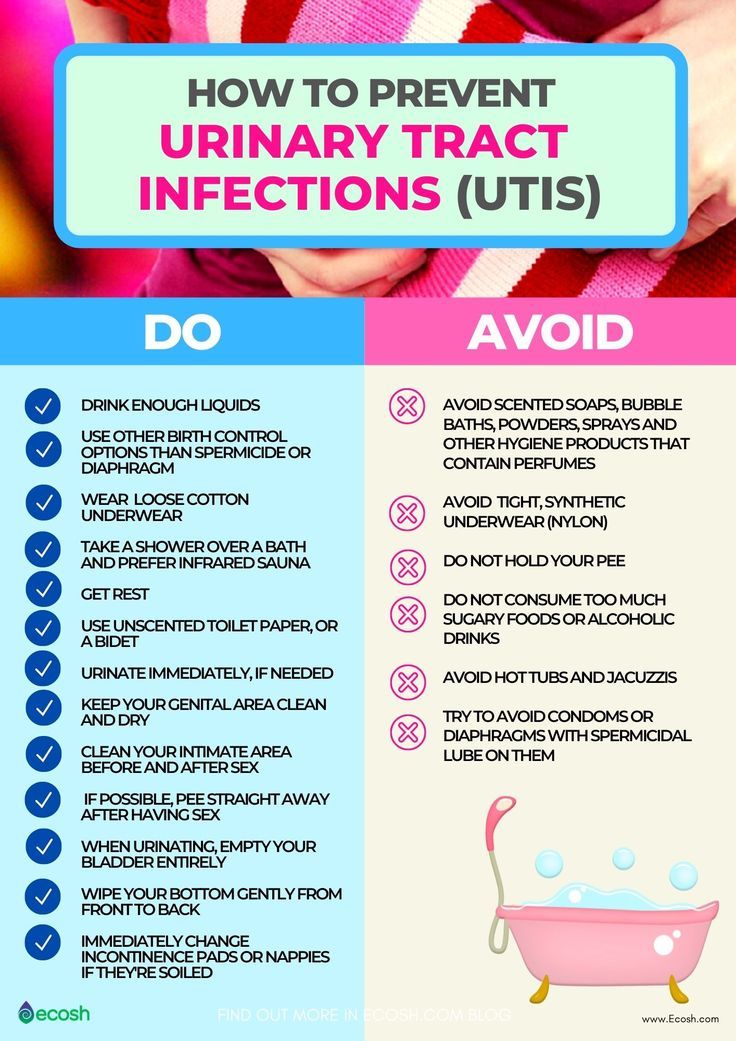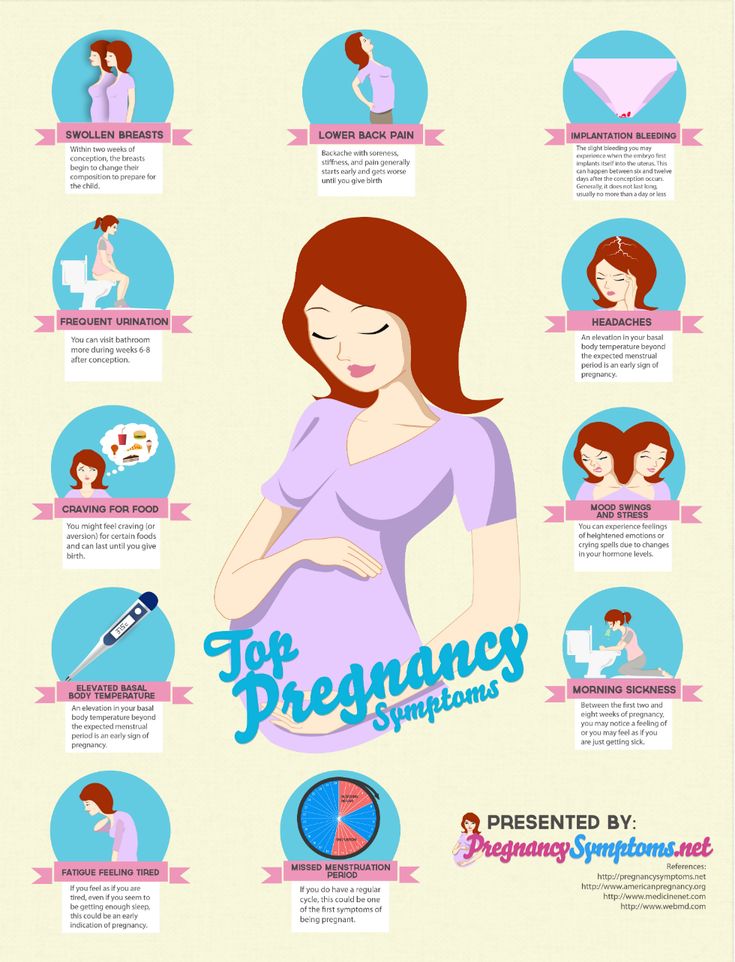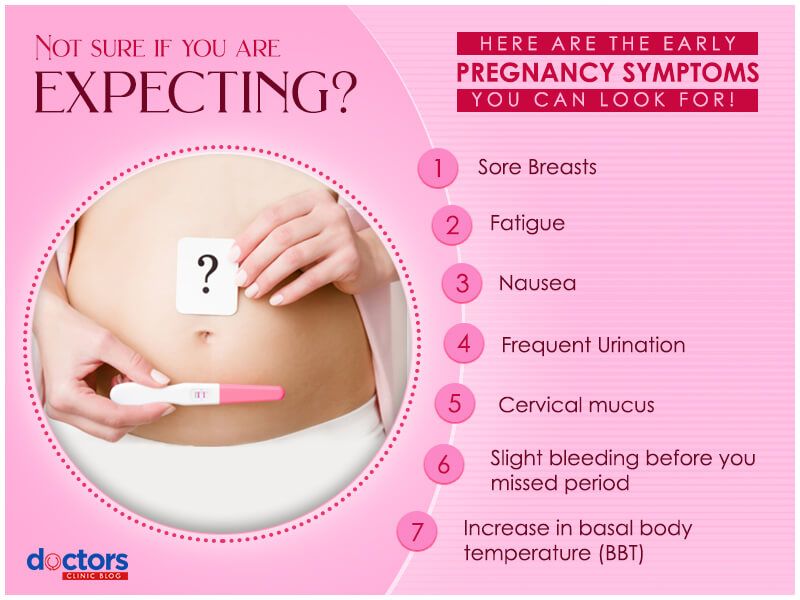Changes to body after pregnancy
17 mind-blowing ways your body changes after giving birth
Photo: iStockphotos
In the hours, days and weeks after you give birth, there’s a certain running commentary in your brain, at least part of the time. It tends to veer from a kind of hell, yeah pride (“I made an actual tiny human with my actual body!”) to a shocked disbelief at the changes your body is going through yet again (“FFS, what is that trickling down my...” and “this can’t be right…” and “oof, why does that hurt?”).
Your body undergoes a major transformation during pregnancy—and an equally major one after labour and delivery. And while there’s plenty of week-by-week information about your growing belly, your health and body after birth often get overlooked, as you cope with the admittedly big issues of caring for baby and functioning on little sleep. Trish Perrin Chang*, the Mississauga, Ont., mother of four-month-old Eric*, says she felt completely blindsided by her post-baby body, which included lots of vaginal bruising from a long, rough labour and delivery, episiotomy stitches and brief Hulk-like swelling in her legs and feet. “I did all my reading on being pregnant and our delivery options, all of that, but I realize now I was really unprepared for afterwards,” she says. “I was healthy and strong while I was pregnant, so maybe that’s why I felt kind of defeated after delivery.”
So while, yes, there is a ton of stuff to learn about being pregnant, delivering and caring for your sweet babe, it’s also crucial to do some homework on those early days after birth. A number of studies have found that when moms feel unprepared or are struggling to cope with all the changes to their physical health after they’ve had a baby, they are more likely feel overwhelmed, stressed, anxious or depressed—which is the very opposite of how you want to feel as a new mom.
Giving birth is deeply awesome, but giving yourself the tools and time to restore your nutrient levels, hormones, muscles and everything else is going to affect how you experience the early days of motherhood.
Here’s your cheat sheet to your body after baby.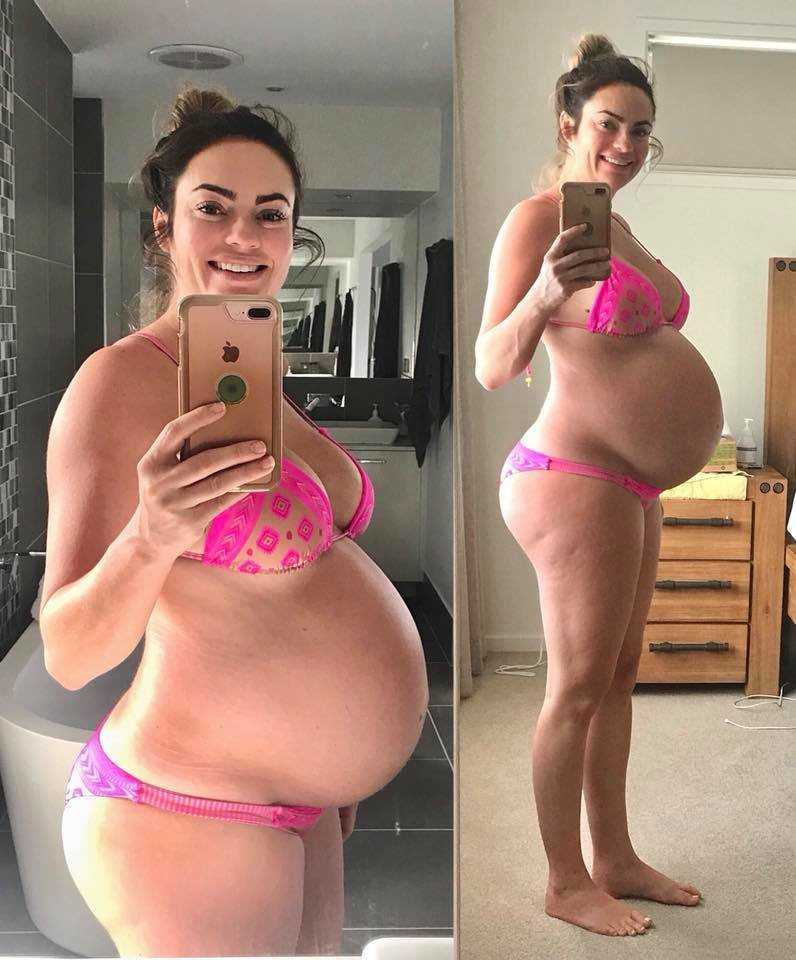
Brain and hormones It’s no wonder you don’t feel like the old you—your life has changed drastically and so have your hormones, at least for a little while. “Some of your hormones go from the highest they ever will be to the lowest, just before delivery to just after,” says Ann Dunnewold, a Dallas psychologist and co-author of Life Will Never Be the Same: The Real Mom’s Postpartum Survival Guide. Right after giving birth, your estrogen and progesterone levels drop dramatically, which can contribute to the “baby blues” (mood swings, anxiety, sadness or irritability, which resolve within a week or so of birth) or postpartum depression (similar symptoms that are more intense, last longer and interfere with your daily life).
Meanwhile, oxytocin, which is called the “bonding hormone,” floods your system right after delivery. “It turns on mothering behaviour, and one aspect of that behaviour is being able to see danger in your child’s world,” says Dunnewold.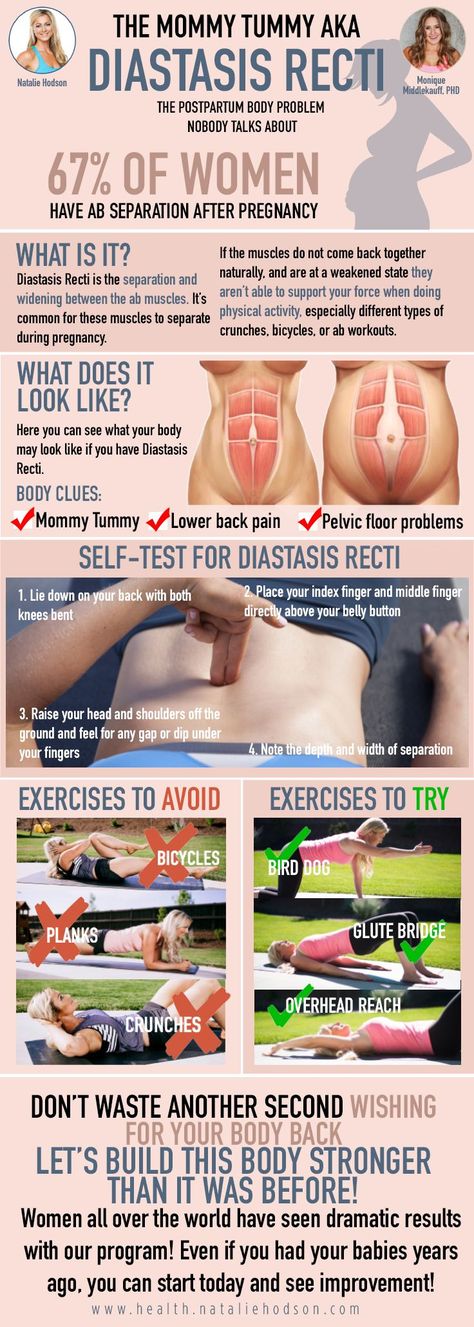 “So when oxytocin goes up, so can anxiety.” These hormones influence one another in a complex dance and affect your energy and mood, she explains. Your body could use more progesterone, which is a natural anti-anxiety substance, but it’s low right after birth. “So you can see how that combination can lead to postpartum anxiety.” Dunnewold adds that for milder mood problems, it can be helpful to realize and accept, “Hey, my hormones are giving me a run for my money here,” rather than beating yourself up with “Why can’t I get it together?” It’s totally OK to feel all over the place with your mood for several months, as your hormones eventually level out. And if you’re struggling, be sure to talk to your midwife or doctor, or a counsellor to discuss ways to deal.
“So when oxytocin goes up, so can anxiety.” These hormones influence one another in a complex dance and affect your energy and mood, she explains. Your body could use more progesterone, which is a natural anti-anxiety substance, but it’s low right after birth. “So you can see how that combination can lead to postpartum anxiety.” Dunnewold adds that for milder mood problems, it can be helpful to realize and accept, “Hey, my hormones are giving me a run for my money here,” rather than beating yourself up with “Why can’t I get it together?” It’s totally OK to feel all over the place with your mood for several months, as your hormones eventually level out. And if you’re struggling, be sure to talk to your midwife or doctor, or a counsellor to discuss ways to deal.
Thyroid hormones, which help regulate body temperature, metabolism and organ function, can be affected by giving birth, too. According to the American Thyroid Association, five to 10 percent of women have postpartum thyroiditis, an inflammation of the thyroid gland, and the exact cause isn’t known.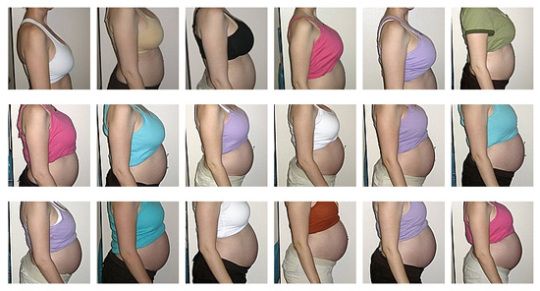 Symptoms can include insomnia, anxiety, rapid heart rate, fatigue, weight loss and irritability (one to four months after birth) or fatigue, weight gain, constipation, dry skin and depression (four to eight months after birth). Your doctor can monitor your thyroid levels with blood tests and prescribe medication if necessary.
Symptoms can include insomnia, anxiety, rapid heart rate, fatigue, weight loss and irritability (one to four months after birth) or fatigue, weight gain, constipation, dry skin and depression (four to eight months after birth). Your doctor can monitor your thyroid levels with blood tests and prescribe medication if necessary.
Hormones also do a number on your brain structure, and not necessarily how you’d expect. Check this out: In one small study in New Haven, Conn., researchers did MRI scans of women’s brains shortly after birth and again several months later. They found increases in the amount of grey matter (that is, extra brain cells and nerves—take that, “baby brain”!). The various brain areas affected are responsible for helping to both activate your mama instincts of fierce love, protection and worry, and to fine-tune your response to your baby’s cries and expressions. (Seriously, how cool is this?) Because the research is so new, it’s not clear whether those changes are short or long term.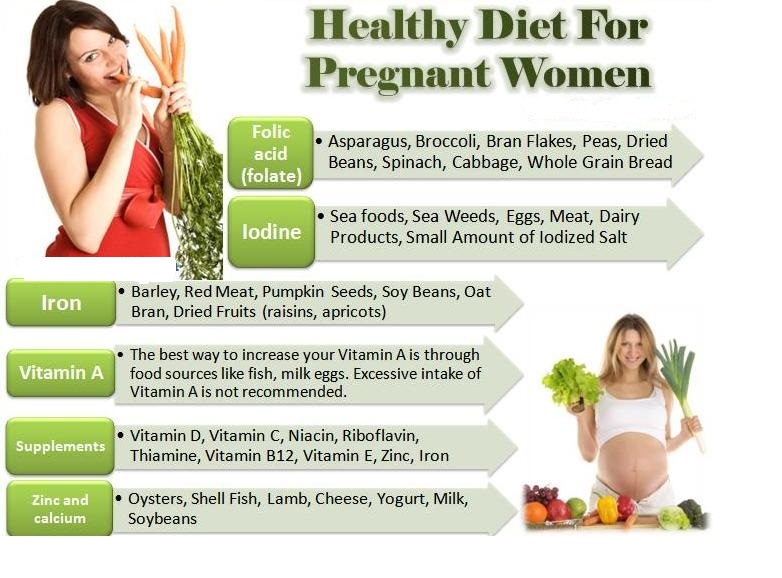
And it’s not just your mental state that’s altered—hormonal changes affect your bones and joints, too. During pregnancy, your body makes a hormone called relaxin, which makes all of your joints looser. It can take up to five months for joints to return to their earlier stability, so stick to lower-impact exercise if your joints are sore. Feel like your shoes don’t fit right anymore? Relaxin combined with weight gain during pregnancy may make your feet slightly bigger and your arches a bit flatter, sometimes permanently. Your hips may stay wider, too.
Vitamin and mineral levels Feeling shaky and exhausted is pretty common in the first few weeks after delivery (hello, multiple wake ups every night), but these symptoms can also be linked to low iron levels. “New moms are at higher risk of iron deficiency following childbirth, due to blood loss during delivery,” says Sarah O’Hara, a Calgary registered dietitian who specializes in pre- and postnatal care. Her advice: Keep taking a prenatal multivitamin with iron for the length of time you’re breastfeeding, or if you’re not breastfeeding, for as long as you have post-delivery bleeding. Plus, eat iron-rich foods, such as red meat, fortified whole-grain products, beans, lentils and leafy greens. You should feel better within a couple of weeks of boosting your iron intake, but more severe deficiencies (indicated by shortness of breath, pale skin, dizziness, a swollen tongue, cold hands and feet or cravings to eat non-food items like ice cubes) may take longer to sort out. You can ask your doctor to order a blood test to check your iron levels.
Her advice: Keep taking a prenatal multivitamin with iron for the length of time you’re breastfeeding, or if you’re not breastfeeding, for as long as you have post-delivery bleeding. Plus, eat iron-rich foods, such as red meat, fortified whole-grain products, beans, lentils and leafy greens. You should feel better within a couple of weeks of boosting your iron intake, but more severe deficiencies (indicated by shortness of breath, pale skin, dizziness, a swollen tongue, cold hands and feet or cravings to eat non-food items like ice cubes) may take longer to sort out. You can ask your doctor to order a blood test to check your iron levels.
If you’re breastfeeding, you need vitamins A, E, C and B complex, choline, chromium, copper, iodine, selenium and zinc, says O’Hara. “The best and simplest approach is to eat a variety of healthy foods and aim to eat some protein paired with complex carbohydrates, such as fruit, veggies, pulses like beans and lentils, and whole grains.” Some research suggests vitamin D deficiency may lead to a higher risk of postpartum mood disorders, but it isn’t conclusive, so ask your doctor about taking supplements.
Breasts
Those bras you bought when you were pregnant? They’re probably going to be too small for a while. Right after giving birth, estrogen and progesterone levels drop, and prolactin, the hormone that helps you make breastmilk, kicks in. This change usually makes your breasts even bigger than they were during pregnancy, because of increased blood flow and milk, and yes, this is the engorgement your friends warned you about. It peaks two to three days after birth, and your breasts will be pretty hard and sore. If you’re nursing, the engorgement will settle down within a few days as your baby breastfeeds. Applying warm packs before breastfeeding and cold packs afterwards, as well as taking a mild anti-inflammatory (such as ibuprofen, which is safe during breastfeeding), expressing a bit of milk in the shower or tucking a clean, slightly crushed cabbage leaf against your breast all help, says CJ Blennerhassett, a Toronto midwife. If you’re not breastfeeding, engorgement may take up to a week to resolve, and a snug bra, ibuprofen and ice packs can help relieve some of the pain and discomfort.
As for your eventual after-pregnancy boob size—who knows? Your breasts could stay bigger, get smaller or revert to their pre-pregnancy size. And as for sagginess, it’s not the breastfeeding that’s responsible, but breast weight gain during pregnancy, as well as age and smoking that could be to blame.
Uterus, vagina and vulva Your uterus has seen a lot of action, and it isn’t over yet. While recovery from a vaginal delivery versus a C-section will pose different challenges, there are also many similarities: Afterpains, which feel like menstrual cramps, begin shortly after you deliver and last for two or three days. These contractions help your uterus start to shrink to its pre-baby state. Over about six weeks, your uterus contracts to its original size, eventually lowering itself behind the pubic bone. (This helps flatten your tummy, as well.)
You’ll also have a bloody discharge, called lochia, for up to six weeks after delivery. That blood and mucus, which becomes lighter in colour and flow over time, comes from an area about the size of your hand, where the placenta was attached to your uterine muscle, says Blennerhassett. And how’s this for a fun fact: If you’ve had a baby, your cervix often will forever afterwards look like it’s “smiling,” in comparison to the “O” appearance of the cervix of a woman who hasn’t given birth.
That blood and mucus, which becomes lighter in colour and flow over time, comes from an area about the size of your hand, where the placenta was attached to your uterine muscle, says Blennerhassett. And how’s this for a fun fact: If you’ve had a baby, your cervix often will forever afterwards look like it’s “smiling,” in comparison to the “O” appearance of the cervix of a woman who hasn’t given birth.
If you had a vaginal delivery, you’re almost certainly going to have a swollen, bruised and sore crotch for a while. Similarly, a C-section means a puffy belly and painful incision. Both will gradually get better over several weeks. Rest and painkillers are your friends. You can also soothe your sore and stitched perineum (the area between your vulva and anus) with a sitz bath or by tucking a frozen maxi-pad sprayed with witch hazel into your undies. A sitz bath can help ease hemorrhoids, which can develop during the pushing part of labour. “The most important thing to remember about post-delivery pain is that it should be getting a little better every day,” says Blennerhassett. New pain, blood or discharge means you need to talk to your healthcare provider pronto so you can be checked for infection.
New pain, blood or discharge means you need to talk to your healthcare provider pronto so you can be checked for infection.
Your perineum or abdomen should be healed at the six-week mark (whew). Sometimes, however, the nerves have been injured, causing numbness or sensitivity, or there can be scar-tissue adhesions, says Céleste Bouffard, a pelvic health physiotherapist in Sudbury, Ont. If this is the case, a pelvic health physiotherapist can teach you how to massage the incision site to promote circulation and healing. Lower estrogen can cause vaginal dryness until your hormones go back to normal, so once you’re ready for sex again, grab some water-based lubricant.
Not that you miss it, but when will your period come back? If you’re not breastfeeding, your period (and your fertility) will likely return in six to eight weeks; otherwise, your period probably won’t start as long as you’re exclusively breastfeeding. Once you start nursing less, usually around the six-month mark, your period may start up again, but the timing varies from person to person. And just a reminder: You ovulate the month before your period returns.
And just a reminder: You ovulate the month before your period returns.
Belly, bladder, bowels and pelvic floor Stuff you take for granted, like going to the bathroom, may not go as planned. “Signals that your bladder sends to your brain to tell your body to release the urine may have been disrupted by all the pressure during labour and pushing, and the physical act of the baby’s head coming through and pressing against the urethra. Or, the labia and vulva are really swollen, which can pinch the urethra and make it difficult to pee,” explains Blennerhassett. Cold compresses or a warm sitz bath can help. On the other hand, you may be peeing (or sweating) a ton in the first week or two after delivery, as your body adjusts to changing hormones and works to get rid of excess fluid. Pee can also sting your sore bottom, which is why your nurse or midwife likely gave you a super handy squirt bottle. Fill it with warm water to spray your perineum while you pee. Trust us.
Postpartum constipation is pretty common in the first week or so, because of dehydration, the side effects of pain meds, having a C-section (abdominal surgery puts the bowels on quiet mode) and a fear of pushing anything else out of that tender area of your body. Drink lots of water, try some prune juice or fruit and walk around when you’re able to. Your doctor or midwife may also prescribe a stool softener. Take it! Again, trust us.
Drink lots of water, try some prune juice or fruit and walk around when you’re able to. Your doctor or midwife may also prescribe a stool softener. Take it! Again, trust us.
If sneezing, laughing or exercise makes you pee your pants a little in the days, weeks and months after delivery, that’s a sign your pelvic floor needs some love and attention. The pelvic floor involves the muscles, ligaments, tissues and nerves that support your uterus, bladder, vagina and rectum. The weight of your baby, plus labour and delivery, can put a lot of stress on it. The good news is a pelvic health physiotherapist can help with that; the bad news is pelvic floor physio is usually not covered by provincial health plans. “When the pelvic floor is injured, it becomes weak. You have to retrain it after pregnancy,” says Bouffard. Bladder incontinence is most common, but occasionally fecal incontinence (leaking poo) can be an issue. Or a damaged pelvic floor can cause a prolapse, which is a weakened spot in the vaginal wall that allows the bladder, rectum or uterus to drop out of position; symptoms include frequent peeing or pee leaks, pain during sex or a feeling of pressure in your groin.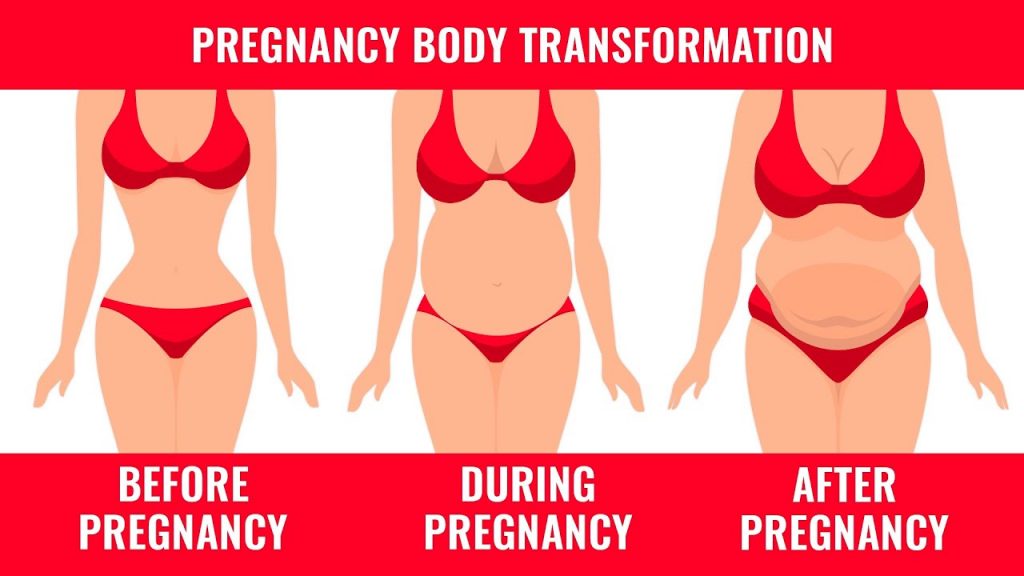 We know it sounds a little (or a lot) scary, but physio can teach you how to strengthen your pelvic floor so it can do its supportive job again. At your pelvic floor assessment, usually done six weeks after delivery, a physio can show you a variety of tools, for example, how to do Kegel exercises properly—most of us don’t do them right.
We know it sounds a little (or a lot) scary, but physio can teach you how to strengthen your pelvic floor so it can do its supportive job again. At your pelvic floor assessment, usually done six weeks after delivery, a physio can show you a variety of tools, for example, how to do Kegel exercises properly—most of us don’t do them right.
After birth, your core muscles can be weak, meaning it may be surprisingly hard to, say, lift a box of diapers out of the grocery cart. Almost all pregnant women have some degree of diastasis recti, which is a gap between the left and right abdominal wall muscles that’s caused when connective tissue thins out in response to hormones (yes, hormones again). That gap may close on its own in the first eight weeks after birth, but it often doesn’t, leading to a belly that still looks kind of pregnant, back pain and core muscles that are inefficient at lifting, pushing and pulling. However, you don’t have to just put up with it: A pelvic health physiotherapist can teach you the right exercises to help regain abdominal strength and heal the gap.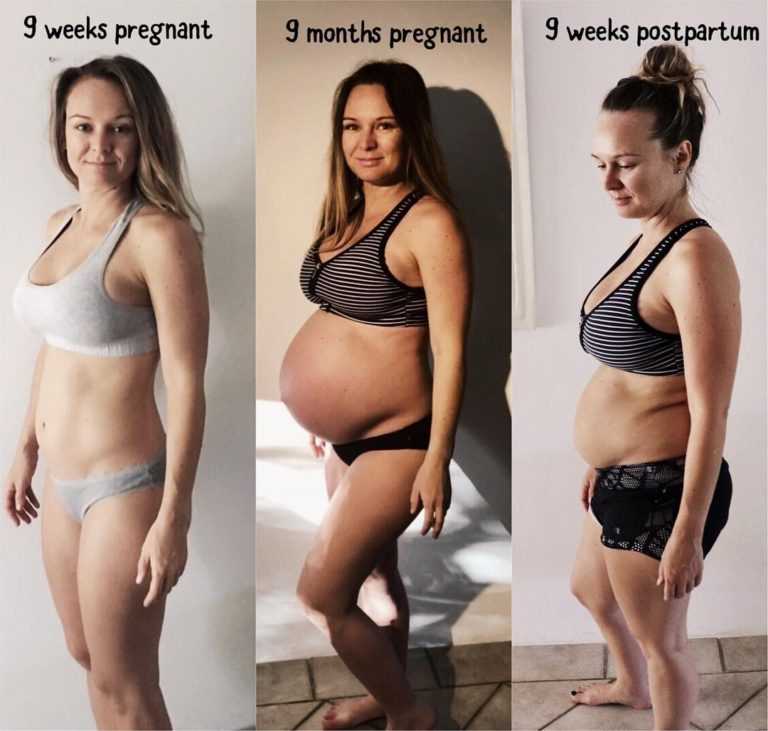 Diastasis recti aside, lots of women end up with a softer, floppier tummy, and how it firms up in the months after birth varies, depending on your genetics, posture and how much the skin and tissues stretched while you were pregnant.
Diastasis recti aside, lots of women end up with a softer, floppier tummy, and how it firms up in the months after birth varies, depending on your genetics, posture and how much the skin and tissues stretched while you were pregnant.
The way your body changes after you have your baby is much like parenting itself: bizarre, awesome, frustrating, cool and inspiring—and it can help to remember that almost everything does get better with time. Your body grew a person, and there are endless ways it can bounce back and surprise you. —Bonnie Schiedel
Legs Pregnancy weight gain can cause spider veins, varicose veins and stretch marks. And while they do become less prominent over time, they’ll likely stick around. Compression socks or leggings can help ease pain from varicose veins in the early days after delivery.
Your face Changing hormone levels can affect your facial skin, causing dry patches, acne or pigmentation. Talk to a dermatologist if you’re concerned about discoloration, or if the breakouts become inflamed and painful—a sign of more severe cystic acne. For regular acne, benzoyl peroxide is considered the safest choice but salicylic acid may also be recommended.
For regular acne, benzoyl peroxide is considered the safest choice but salicylic acid may also be recommended.
Your hair It’s normal to lose up to a third of your hair, starting when your baby is around three months old. High hormone levels during pregnancy cause you to grow more hair over the nine months. When hormone levels drop after birth, you lose some luscious locksand start a new phase of growth.
Your teeth and eyes Shifting hormone levels and blood volume during pregnancy can make you more susceptible to cavities and gum disease after baby, so don’t skip your usual dentist appointment. Noticing slightly blurry vision or dry eyes? That’s probably thanks to pregnancy hormones or fluid levels, too. Those eye issues can persist after birth if you’re lactating, so make an appointment with your optometrist.
*Names have been changed
What Really Helps You Bounce Back After Pregnancy
Motherhood changes you inside and out.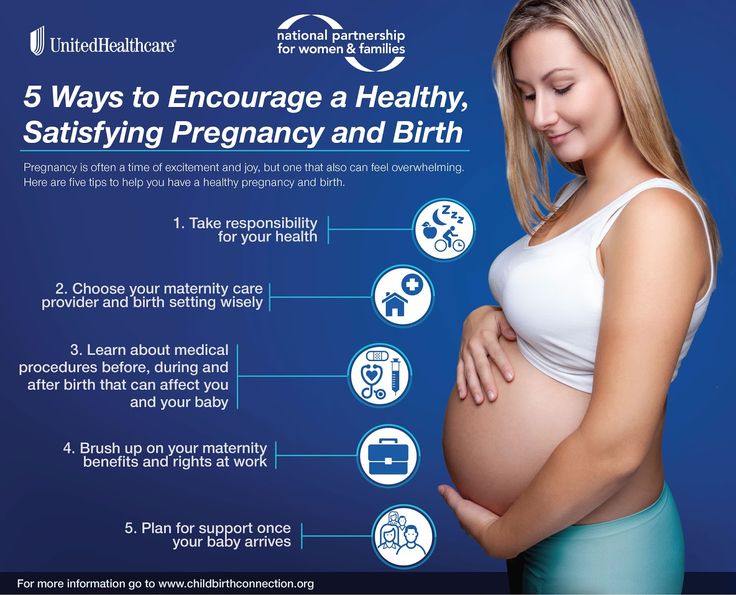 After having a baby, your clothing size, breast shape, hip width and even your shoe size might be different. These changes are evidence of the work your body has done. As you adjust to your new life with baby, it’s important to remember that your mind and emotions are also changing, so be sure to give yourself the support you need.
After having a baby, your clothing size, breast shape, hip width and even your shoe size might be different. These changes are evidence of the work your body has done. As you adjust to your new life with baby, it’s important to remember that your mind and emotions are also changing, so be sure to give yourself the support you need.
Ask for and Accept Help
Realizing you’re responsible for another human being can be scary. “New moms struggle with anxiety over a number of things, from fear of something happening to the baby to not making enough breastmilk,” says Shari Lawson, M.D., medical director of general obstetrics and gynecology at Johns Hopkins Bayview Medical Center. “Disrupted sleep and being overtired can amplify these feelings. The best thing you can do is accept help from your partner, family and friends — even if they’re not doing things exactly the same way you do — and then rest and recharge while someone else is caring for your baby.”
Reasonable Expectations About Losing Baby Weight
Beyoncé, Kim Kardashian and Serena Williams all showed off their slim postpartum bodies just months after giving birth.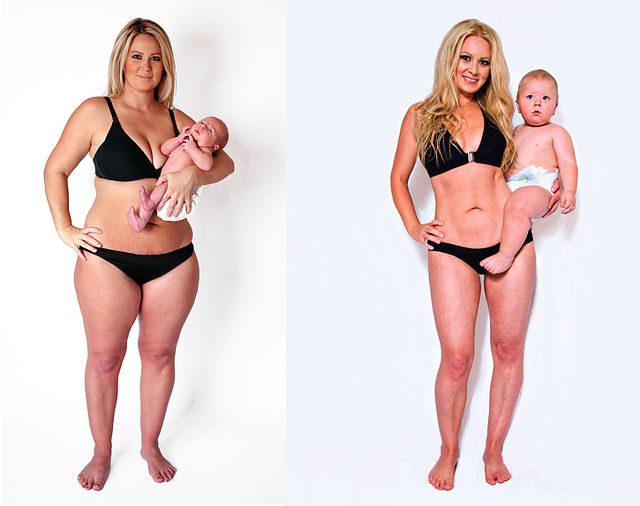 If they can get their pre-baby figures back in a snap, why can’t you? While it’s normal to be frustrated with your postpartum body (especially compared to what you see in magazines), it’s also important to put it in perspective. “It’s unrealistic to compare yourself to celebrities who have personal trainers and personal chefs,” says Lawson. “Your body changes over time; it takes a while to get close to your prepregnancy shape and size.” What’s reasonable? Expect to naturally lose some weight before your first postpartum doctor’s visit (usually around six to eight weeks after giving birth). After that, if you stayed within your doctor’s recommendation for pregnancy weight gain, it’s still normal to have 10 to 15 more pounds to lose in the months ahead.
If they can get their pre-baby figures back in a snap, why can’t you? While it’s normal to be frustrated with your postpartum body (especially compared to what you see in magazines), it’s also important to put it in perspective. “It’s unrealistic to compare yourself to celebrities who have personal trainers and personal chefs,” says Lawson. “Your body changes over time; it takes a while to get close to your prepregnancy shape and size.” What’s reasonable? Expect to naturally lose some weight before your first postpartum doctor’s visit (usually around six to eight weeks after giving birth). After that, if you stayed within your doctor’s recommendation for pregnancy weight gain, it’s still normal to have 10 to 15 more pounds to lose in the months ahead.
Breastfeeding to Burn Calories
Breastfeeding your baby has so many benefits: It protects infants from illness, offers them perfectly balanced nutrition and lowers your risk of breast cancer and ovarian cancer. But you require energy (read: calories) to make breast milk.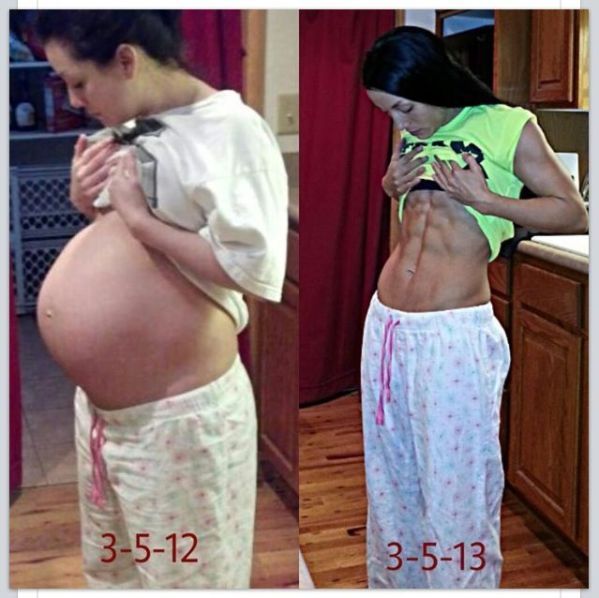 Nursing moms should eat an additional snack, such as a piece of fruit or a cup of yogurt, to get an extra 300 calories a day. Even with this additional food, breastfeeding will help you lose the baby weight as long as you’re eating a healthy diet and not overdoing it.
Nursing moms should eat an additional snack, such as a piece of fruit or a cup of yogurt, to get an extra 300 calories a day. Even with this additional food, breastfeeding will help you lose the baby weight as long as you’re eating a healthy diet and not overdoing it.
A Postpregnancy Workout with Core Strengthening Exercises
In addition to moderate cardio, a postpartum workout should focus on building up the muscles of your torso (which took a beating when you were pregnant). Every new mom can benefit from core strengthening. “The rectus abdominal muscles are stretched during pregnancy in a way that makes it impossible to exercise them during that time,” says Lawson. Some women also experience a separation of the abdominal wall muscles, which is called rectus abdominis diastasis. Exercises that target this condition can bring the muscles back together again.
Prenatal Vitamins, Because Your Body Still Needs the Nutrients
Don’t shelve your prenatal vitamins just yet.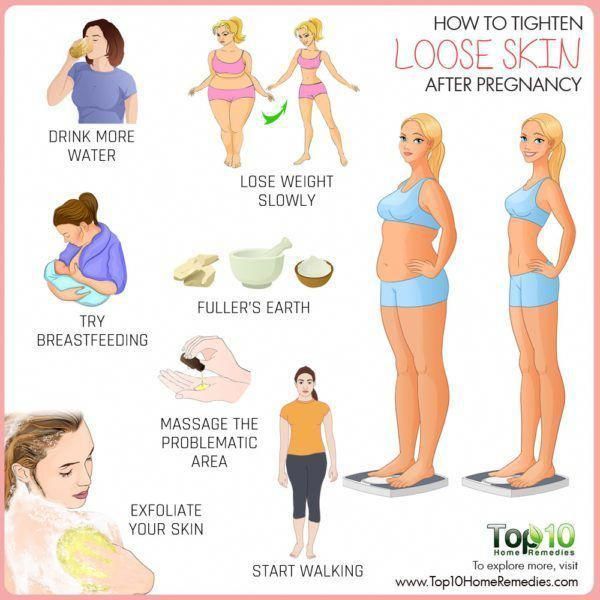 Keep taking them, especially if you’re breastfeeding. You need to restore the nutrients you may have lost during pregnancy, and support your body while it’s producing breast milk, says Lawson. Your doctor may also recommend you take an iron supplement and vitamin C (to help with the absorption of iron).
Keep taking them, especially if you’re breastfeeding. You need to restore the nutrients you may have lost during pregnancy, and support your body while it’s producing breast milk, says Lawson. Your doctor may also recommend you take an iron supplement and vitamin C (to help with the absorption of iron).
Kegels to Strengthen Weakened Pelvic Floor Muscles
The changes in your body that you can see might be causing you some stress, but hidden changes can be anxiety-producing as well. After delivery, it’s relatively common to have some bladder leakage caused by prolonged pushing or a forceps- or vacuum-assisted childbirth. This is usually temporary. “Typically, you’ll see improvement over several weeks to months as you heal,” Lawson says. Performing Kegel exercises can help strengthen your pelvic floor muscles so you can regain bladder control more quickly. If leakage is really bothering you, ask your gynecologist if seeing a pelvic health therapist would be of benefit.
Retinol to Minimize Stretch Marks
Slathering on creams and oils to prevent stretch marks during pregnancy is always your best bet. But you still may develop deep purplish or pink lines. If you’re worried about permanent scarring, there’s good news: Retinoid creams derived from vitamin A can minimize the appearance of new stretch marks — any that are less than a few months old. This is something you need to move on quickly, though. Once the marks have faded to white, it’s too late for the retinoid cream to work.
But you still may develop deep purplish or pink lines. If you’re worried about permanent scarring, there’s good news: Retinoid creams derived from vitamin A can minimize the appearance of new stretch marks — any that are less than a few months old. This is something you need to move on quickly, though. Once the marks have faded to white, it’s too late for the retinoid cream to work.
Resuming Your Sex Life
The elastic walls of the vagina stretch quite a bit during childbirth, but they do spring back into place. So you can resume sexual intercourse when you feel ready and have gotten the go-ahead from your doctor. If you’re breastfeeding, you may experience less lubrication because nursing causes your body to produce less estrogen. Having a vaginal lubricant available can help if you feel discomfort.
Acceptance of Your New Life
You helped create another human being and might still be providing sustenance for your baby. Recognizing the physical changes as a part of an amazing time in your life is an important part of respecting the new you.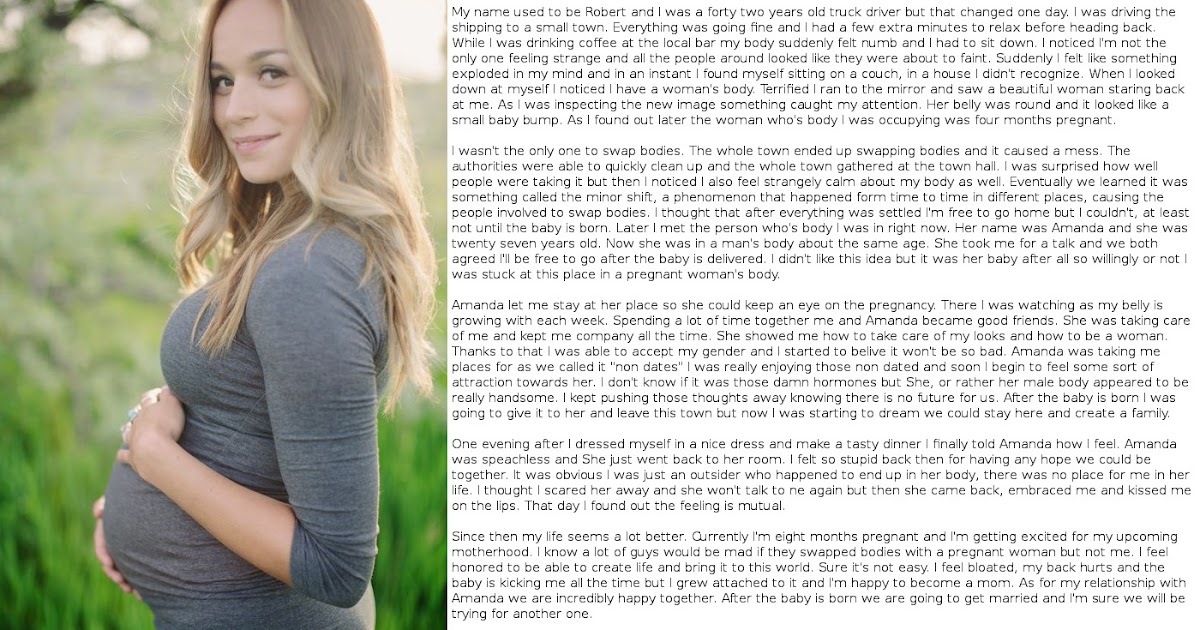 It’s also normal to go through some emotional ups and downs as you adjust to parenthood. The responsibilities that come with keeping a tiny person alive — frequent feedings, night wakings and dealing with poop-splosions — can be overwhelming. “It’s natural to feel tired, let down, frustrated or sad in the days following childbirth as your hormone levels fluctuate,” Lawson says. “Life after a new baby is not going to be the same. There is a steep learning curve in parenthood, but your new life will be filled with thrills and wonderful memories.”
It’s also normal to go through some emotional ups and downs as you adjust to parenthood. The responsibilities that come with keeping a tiny person alive — frequent feedings, night wakings and dealing with poop-splosions — can be overwhelming. “It’s natural to feel tired, let down, frustrated or sad in the days following childbirth as your hormone levels fluctuate,” Lawson says. “Life after a new baby is not going to be the same. There is a steep learning curve in parenthood, but your new life will be filled with thrills and wonderful memories.”
Sign Up for Our Free Newsletter
One of the best things you can do to protect and improve your health is to stay informed. Your Health is a FREE e-newsletter that serves as your smart, simple connection to the world-class expertise of Johns Hopkins.
Sign Up
Changes in a woman's body after childbirth - Gemabank
What happens to a woman after childbirth?
The normal postpartum period lasts about 6-8 weeks.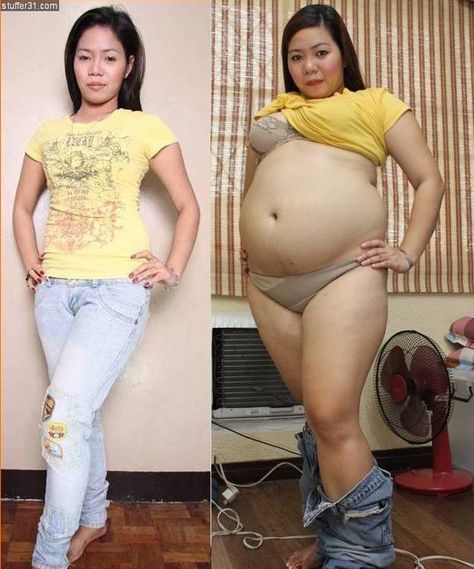
The first 2-4 hours after a normal delivery (early postpartum period) the woman is in the delivery room. The obstetrician closely monitors the general condition of the young mother: her pulse, blood pressure, constantly monitors the state of the uterus (determines its consistency, the height of the bottom, monitors the degree of blood loss). In the early postpartum period, it examines the soft birth canal and cervix using mirrors. All discovered gaps are sutured. nine0005
After 2-4 hours, the parturient woman is transported on a gurney to the physiological postpartum department. After some time, a child can be brought to her - the joint stay of mother and baby is currently considered more appropriate.
After childbirth, a woman usually feels tired and needs to rest. Body temperature should be normal, a single increase in temperature can be observed on the 3rd-4th day as a result of engorgement of the mammary glands. Appetite is often absent or reduced. As a rule, there is a delay in stool.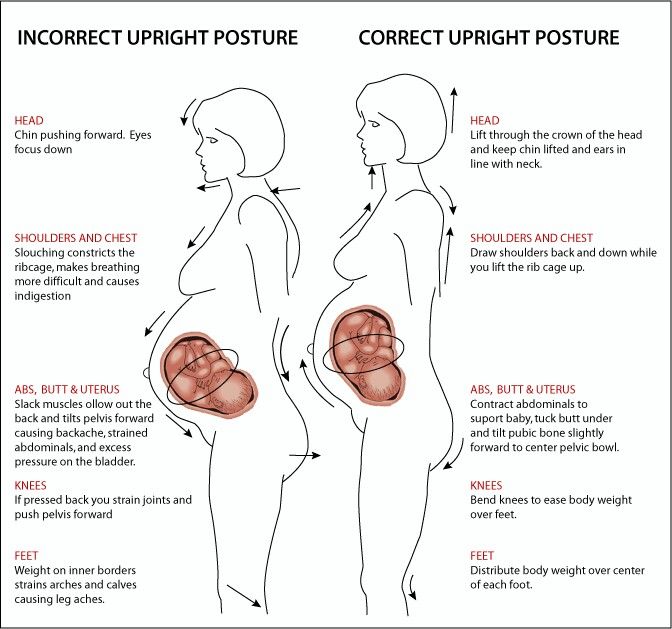 nine0005
nine0005
A normally healthy woman is lifted a few hours after delivery and asked to empty her bladder. In case of urinary retention, urine is removed with a catheter. In the absence of an independent stool on the 3rd day after childbirth, a woman is prescribed a laxative or an enema.
Condition of the uterus. Discharge from the genital tract
The uterus undergoes the greatest changes in the postpartum period. Having fulfilled its main function - having carried the child, the uterus eventually returns to its previous size. Immediately after childbirth, the inner surface of the uterus is more like an open wound with a copious secretion. nine0005
Healing occurs gradually, the nature of the discharge (lochia) changes accordingly:
- during the first 5 days after delivery, abundant bloody lochia;
- from the 6th to the 10th day - abundant brown;
- from the 11th to the 15th day - moderate yellowish;
- from the 16th to the 20th day - meager whitish;
- from the 3rd week, the lochia become mucous.
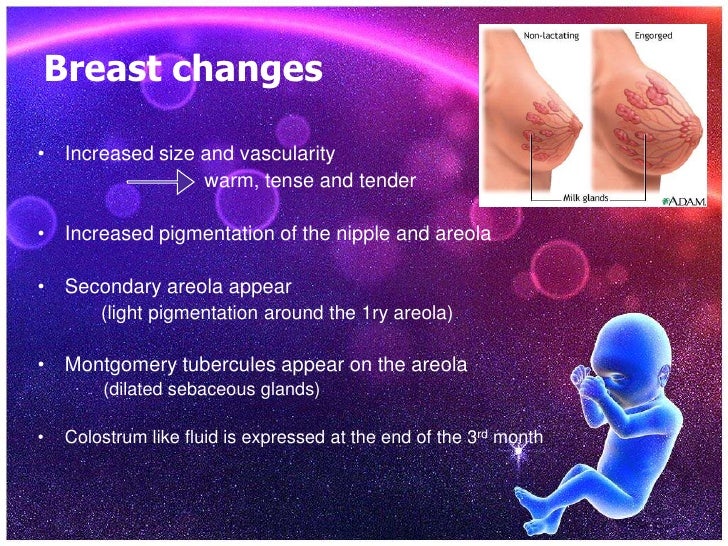
The first days to improve the outflow of lochia, it is better to lie on your stomach, periodically put a heating pad with ice on your stomach. nine0005
In order to more accurately assess the condition and size of the uterus (how well it has contracted), to determine the presence of clots, placental remnants in it, to conduct an early diagnosis of complications - an ultrasound examination (ultrasound) is mandatory before discharge.
Mammary glands
On the first day of the postpartum period, the mammary glands secrete colostrum, a thick yellowish liquid that is extremely beneficial for the newborn. Therefore, early (immediately after birth) attachment of the baby to the breast is recommended. The act of sucking contributes to the effective contraction of the uterus in the puerperal, and also has a stimulating effect on the secretion of milk. As a rule, the secretion of milk begins on the 3-4th day after childbirth (for some, milk may appear only on the 5-6th day).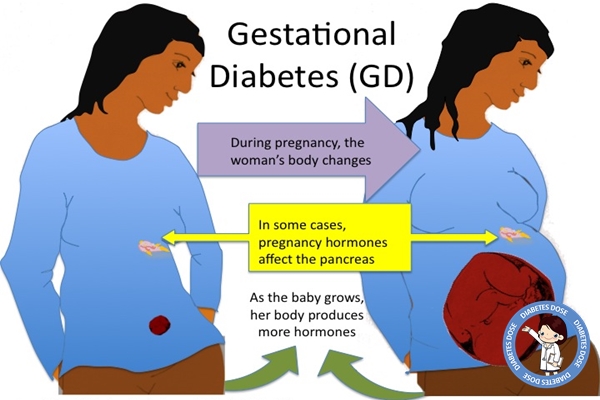 nine0005
nine0005
Breasts should be washed with warm water (no soap, which dries out the skin). Washing in the shower is allowed from the first day, a bath - not earlier than the end of the 3rd week.
Statement
An obstetrician-gynecologist must visit a young mother every day, measure blood pressure and pulse. It also determines the nature and number of lochia, the height of the uterus, the condition of the mammary glands.
In case of uncomplicated delivery, normal course of the postpartum period and no health problems in the newborn, the woman is discharged on the 4-7th day (depending on the tactics of the maternity hospital). nine0005
Recovery of the female body after childbirth
What happens to the female body after childbirth? How to quickly recover after childbirth? These questions concern all mothers.
9 months of pregnancy behind and after childbirth you have to take care not only of the baby, but also take care of your own health. And there is a lot of “work” here - while the hormonal background is being restored, it is necessary to maintain normal bowel function, take care of the stitches after childbirth, if there were any, and establish breastfeeding.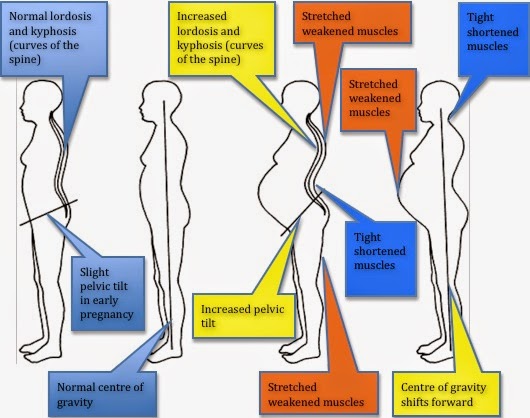 Where to begin? nine0005
Where to begin? nine0005
Recovery after childbirth is an important process that affects the further state of health. Complications may appear in the first hours after childbirth - bleeding, fever, changes in blood pressure, etc.
The postpartum period consists of 2 periods - early and late. The early one lasts 2 hours after the birth and takes place under the supervision of the staff of the maternity hospital. Late lasts approximately 6-8 weeks, during which there is a restoration of all organs and systems that were involved during pregnancy and childbirth. Full recovery from childbirth can take up to two years. Especially if the baby was born by caesarean section. Some changes are irreversible, but outwardly they are invisible (except for stretch marks), they can be determined by gynecologists during an examination of the genital organs (the shape of the cervix and external os changes, the size of the uterus and vagina changes). nine0005
Reproductive system
After childbirth, the uterus is enlarged, and as the body recovers, it shrinks in size.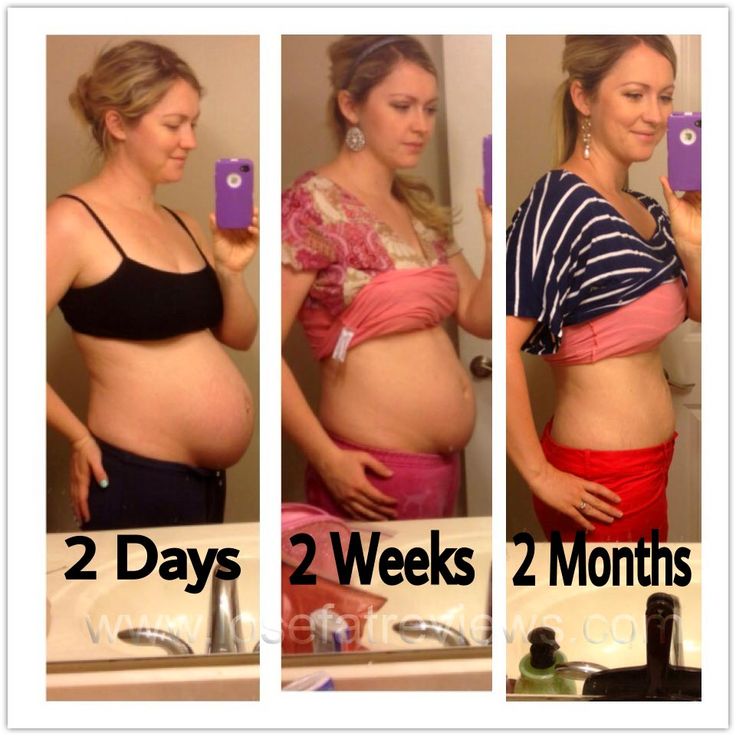 Depending on the variant of delivery and feeding, this process can take place at different speeds. If the birth went naturally and the mother is breastfeeding the baby, the uterus will quickly return to its normal size. The contraction of the muscles of the uterus is stimulated by the hormone oxytocin, which is released during sucking movements. The process of feeding may be accompanied by pain of varying intensity in the lower abdomen, possibly a slight increase in blood secretions. But discomfort will be felt only at first. nine0005
Depending on the variant of delivery and feeding, this process can take place at different speeds. If the birth went naturally and the mother is breastfeeding the baby, the uterus will quickly return to its normal size. The contraction of the muscles of the uterus is stimulated by the hormone oxytocin, which is released during sucking movements. The process of feeding may be accompanied by pain of varying intensity in the lower abdomen, possibly a slight increase in blood secretions. But discomfort will be felt only at first. nine0005
Immediately after the birth of the baby, the weight of the uterus reaches about 1 kilogram. And after 2 months, during which it is actively reduced in size, the weight of the uterus is about 50 grams
40 days after birth
After childbirth, blood discharge begins - lochia. They last approximately 4-6 weeks. You should not be afraid - this is not a sign that something is wrong with the body.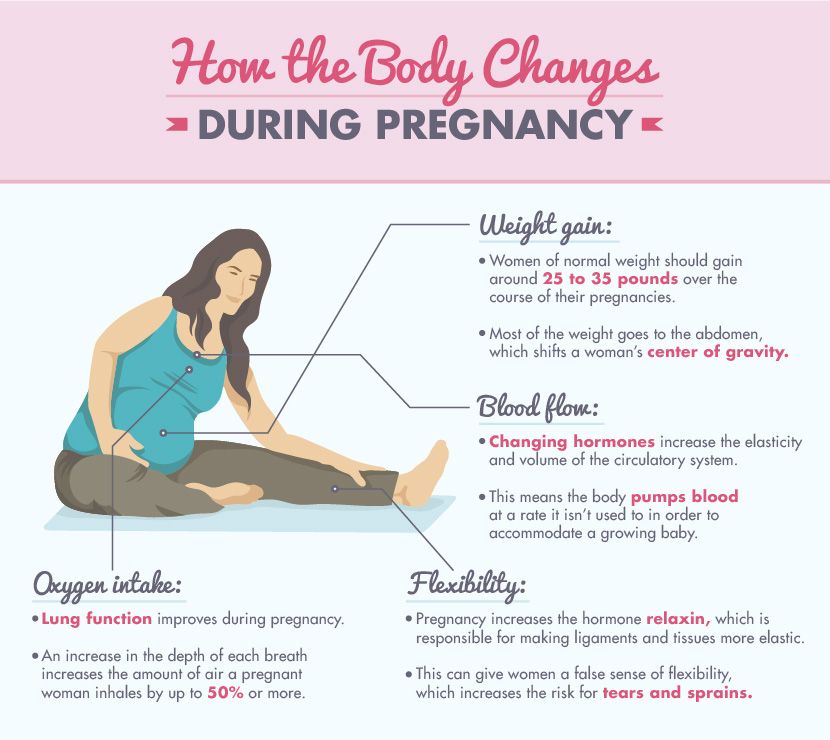 On the contrary, this is a consequence of the gradual healing of the wound surface on the walls of the uterus, which was formed after childbirth. During the entire period of recovery, the nature of lochia changes. Discharges from moderate blood flow to bloody scanty and then become mucous with streaks of blood. nine0005
On the contrary, this is a consequence of the gradual healing of the wound surface on the walls of the uterus, which was formed after childbirth. During the entire period of recovery, the nature of lochia changes. Discharges from moderate blood flow to bloody scanty and then become mucous with streaks of blood. nine0005
During this time, avoid using tampons and shower regularly to prevent infection in the genital tract.
A young mother must watch her discharge. Warning signs are too much bleeding, a sudden increase in discharge, a sharp unpleasant odor, a change in color, too large blood clots, cheesy or purulent discharge. If at least one of these signs is observed, it is urgent to see a gynecologist. nine0005
Even during pregnancy, doctors recommend doing Kegel exercises. The same exercises help to quickly restore the tone of the muscles of the vagina after childbirth.
Hormonal levels
Hormone levels change even during pregnancy.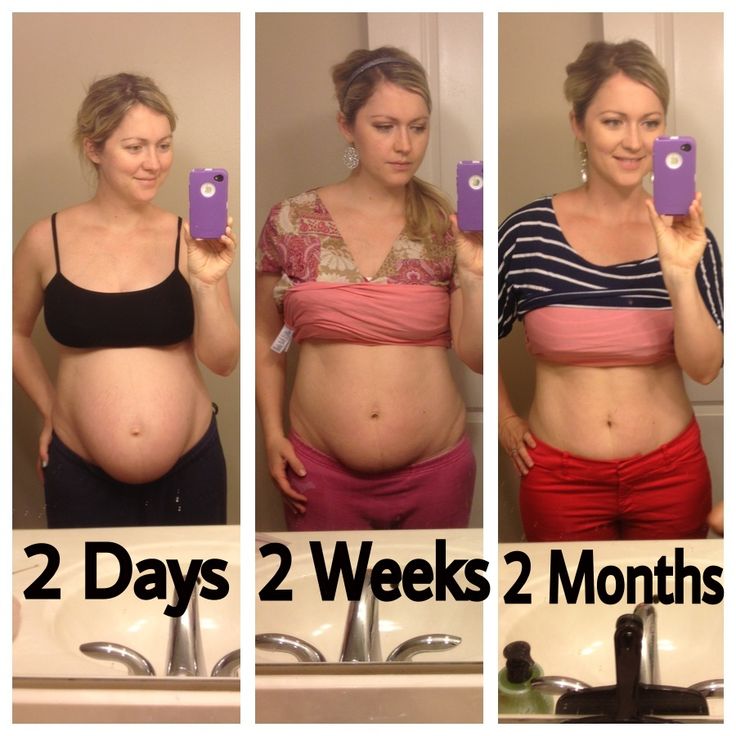 They are headed by progesterone, estrogen and HCH (human chorionic gonadotropin), as well as prolactin and oxytocin. After childbirth, the hormone prolactin is responsible for the start of breastfeeding. The level of prolactin gradually rises during pregnancy, and by the onset of childbirth, it reaches the required level for the initiation of breastfeeding. Oxytocin is responsible for emptying the mammary glands. nine0005
They are headed by progesterone, estrogen and HCH (human chorionic gonadotropin), as well as prolactin and oxytocin. After childbirth, the hormone prolactin is responsible for the start of breastfeeding. The level of prolactin gradually rises during pregnancy, and by the onset of childbirth, it reaches the required level for the initiation of breastfeeding. Oxytocin is responsible for emptying the mammary glands. nine0005
Hormonal imbalance after childbirth is common. Basically, things will stabilize for some time without outside interference. But if a few months after the birth, the hormonal background has not returned to normal, you should contact a gynecologist-endocrinologist to tell him how to restore it. As a rule, hormonal preparations are prescribed in such cases. They are selected individually for each girl.
Signs of hormonal imbalance
-
excessive sweating;
-
depression, irritability, apathy;
-
fatigue;
-
decreased libido;
-
active hair loss/excessive hair growth;
-
sudden change in weight.
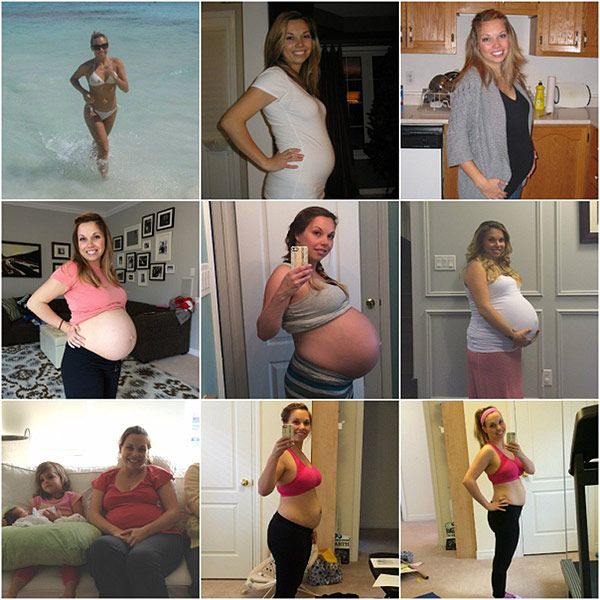
Urinary system
On the first day after giving birth, there may be a problem with urination. The reason that the mother cannot urinate may be the pressure of the fetal head on the bladder during childbirth, which leads to swelling, or a spasm of the sphincter of the bladder. You can induce urination with the help of a reflex from the sound of pouring water, in extreme cases, a catheter or diuretics are used for this.
There is also the opposite problem - urinary incontinence. It usually occurs in those who give birth not for the first time. This is due to the weakening and stretching of the pelvic floor muscles. The problem with incontinence may go away on its own after a few days. But to improve muscle tone, it is recommended to do Kegel exercises. nine0005
Digestive system
The first stool after childbirth comes in 2-3 days. This is due to the fact that an enema is done before childbirth. Doctors in the maternity hospital ensure that the emptying of the intestines in women in labor occurs regularly, if necessary, special stimulating suppositories (for example, glycerin ones) are issued.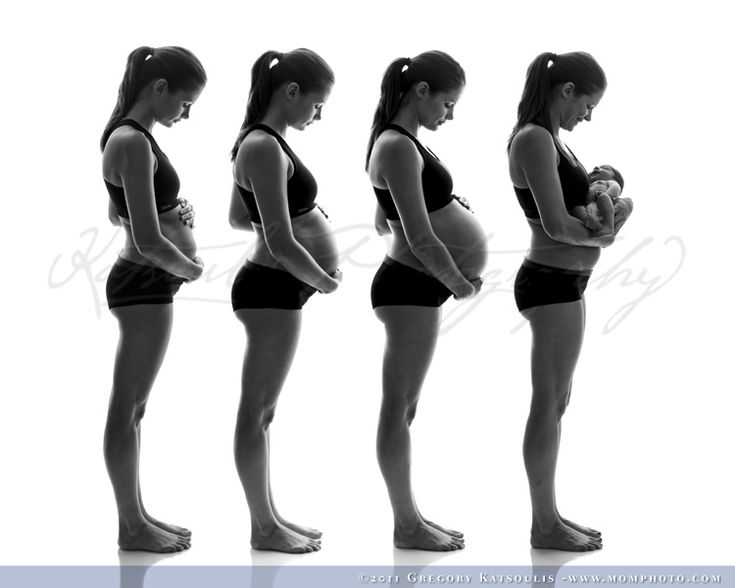 With proper nutrition, bowel function is usually restored fairly quickly. After a caesarean section, it can take up to several weeks to restore gastrointestinal motility. Also at this time, liver function is normalized, which is reflected in the normalization of biochemical blood tests. nine0005
With proper nutrition, bowel function is usually restored fairly quickly. After a caesarean section, it can take up to several weeks to restore gastrointestinal motility. Also at this time, liver function is normalized, which is reflected in the normalization of biochemical blood tests. nine0005
Nervous system
After childbirth, the mother's nervous system encounters new unusual sensations. Depending on life circumstances, stimuli are different. Those who have a first child are worried about how they will take care of the baby, the awareness of motherhood comes and a huge responsibility piles up. For those who already have children, there are also enough reasons for concern - how older children will react to a new family member, how to do everything in time, when to relax ...
The process of giving birth, inevitably accompanied by pain and strong feelings, is always stressful for a new mother. It is not surprising that in the postpartum period, many mothers are on the verge of a breakdown, and someone can not stand it and breaks down.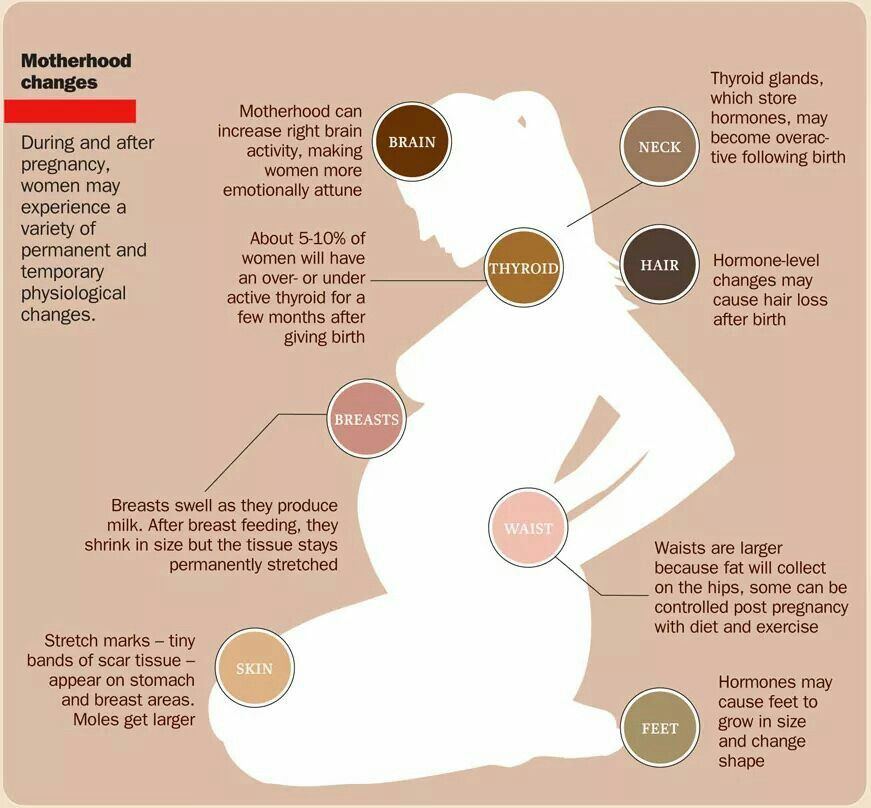 Relatives, especially the husband, can help in this situation. As well as psychological consultations, which can be obtained free of charge at the antenatal clinic or at the maternity hospital.
Relatives, especially the husband, can help in this situation. As well as psychological consultations, which can be obtained free of charge at the antenatal clinic or at the maternity hospital.
Stitches after childbirth
Depending on the circumstances, doctors apply different suture materials to tears or incisions: absorbable, non-absorbable and metal staples. The first, as the name implies, resolves on its own after 5-7 days and does not entail further medical intervention, and the remaining two require subsequent removal after 3-6 days. nine0005
Cervical sutures are easy to care for, just follow normal hygiene as described below. The nurses begin to process the stitches in the maternity hospital with brilliant green or potassium permanganate, and then, after they are removed or resorbed, the mother herself monitors healing at home. For the speedy healing of stitches, it is also useful to take air baths.
If there are stitches, do not sit for several days, or sit in a certain position with support on the side where there are no stitches.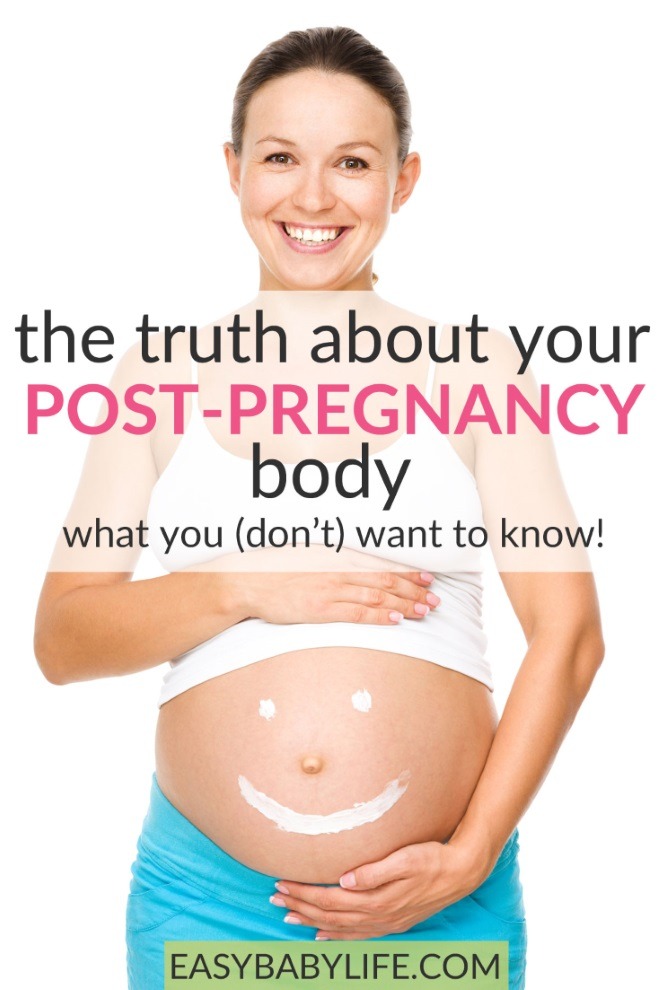
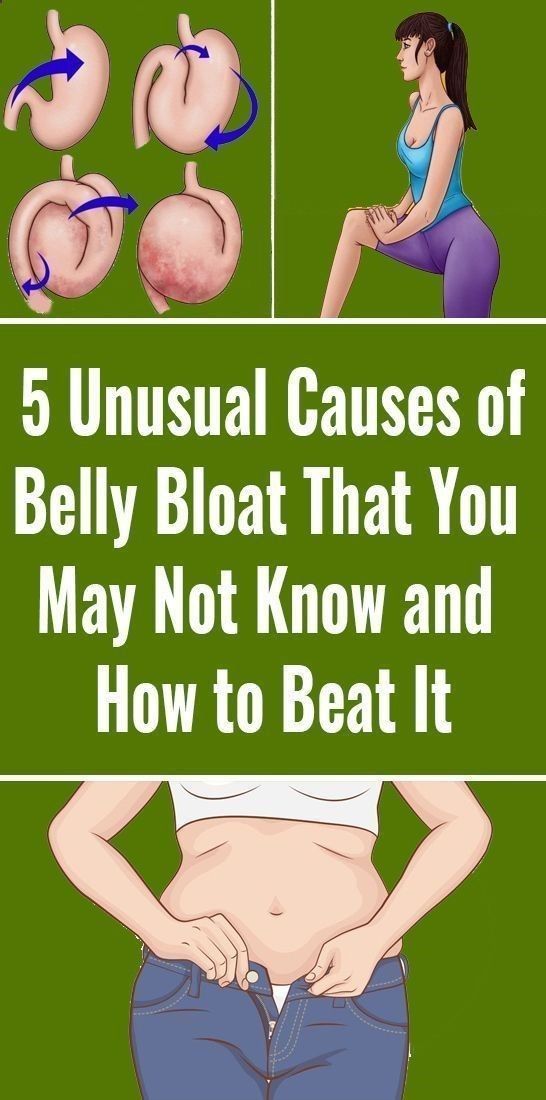
/cdn.vox-cdn.com/uploads/chorus_asset/file/23343786/1617614177_Hamstring_big_450.jpeg)
